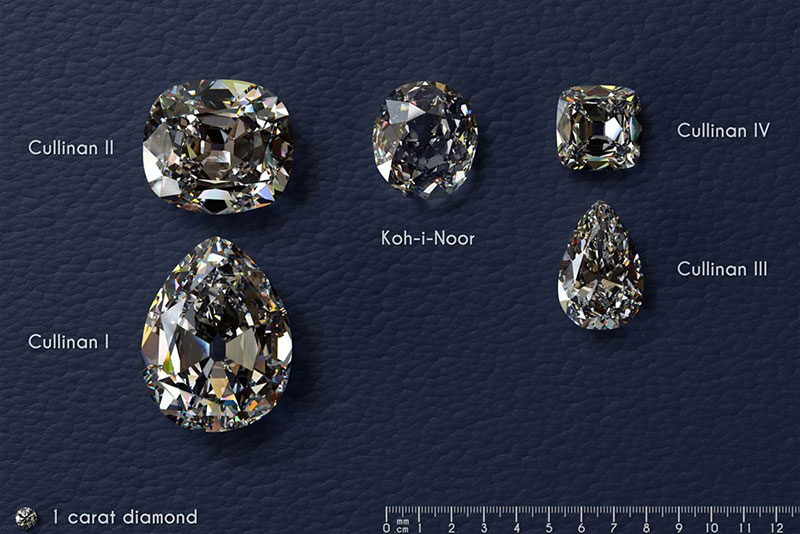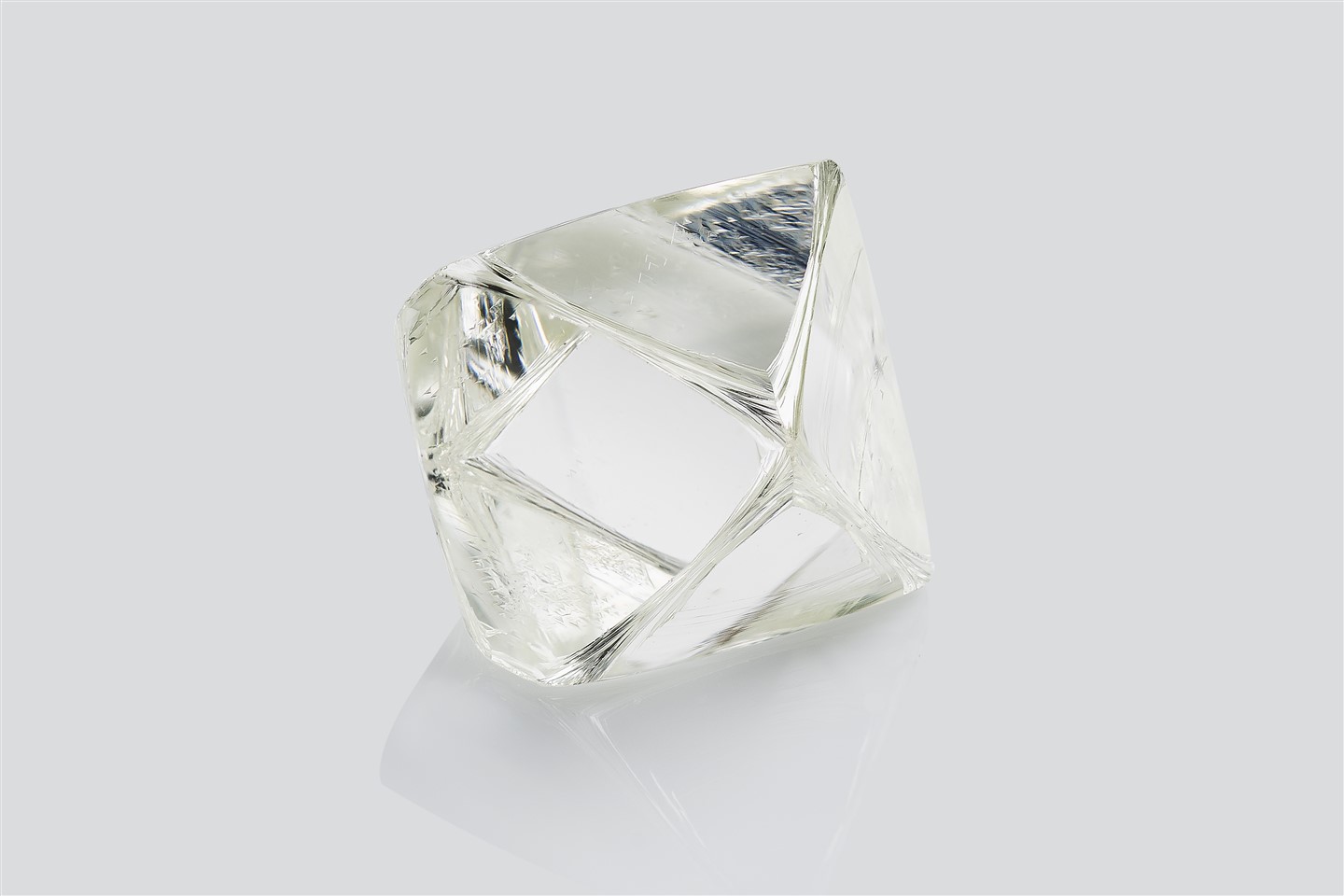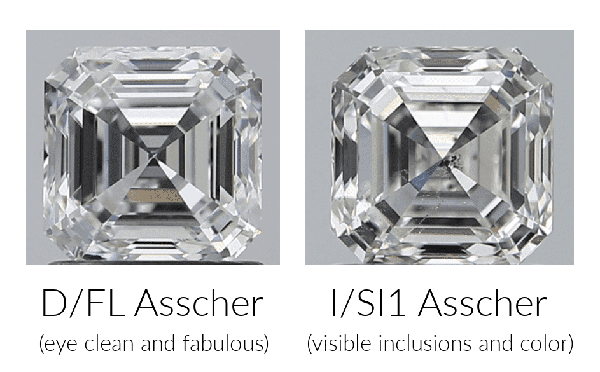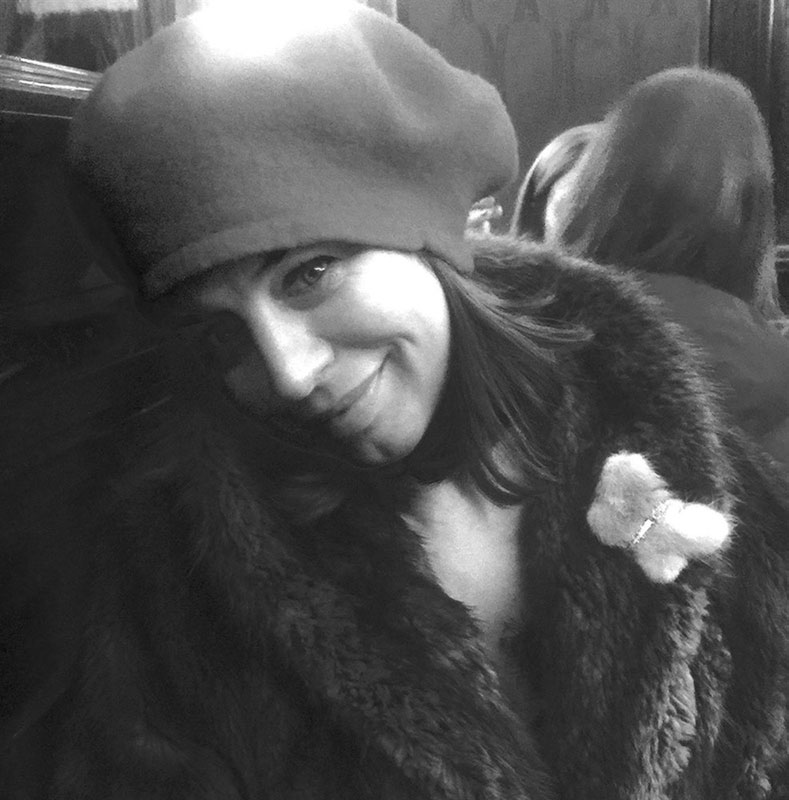Worthy of a Crown: What is an Asscher Cut? | Rare Carat
An Asscher cut is a square step cut with the corners cut off. So, what’s all the hype?
Joseph Asscher was the mastermind behind the Asscher cut diamond. Back in his day, (his day being the early 20th century), he was a diamond cutter of great repute. And I do not overstate. To give you an indication of just how reputable Monsieur Asscher was, the King of England, no less, entrusted him to cut the largest colorless diamond ever discovered.
Found in 1905 in the shallower parts of the Cullinan mine, South Africa, it weighed 3106 carats. Bunch up your fist. That size. A heck of a lot of diamond. Priceless, one would say. Would you want to be in charge of whacking that thing with a hammer and hoping it cleaved cleanly in two?
This is exactly what our M. Asscher did. The story goes that, after striking the successful blow, he fainted. But that is apocryphal. The Asschers (say the Asschers) are made of sturdier stuff.
The diamond was then further divided and cut into nine major stones and 96 smaller ones. The largest of the stones, the Cullinan I (530ct.) and the Cullinan II (317ct.) were set in the Royal Sceptre and the Imperial Crown respectively, taking pride of place in the British Crown Jewels. The rest, the Asschers pocketed. Legitimately, I assure you. A decent paycheck for a job well done.

But I digress. Although, to be fair, the story drops off a little from here.
The Asscher Diamond Company of Amsterdam was founded in 1854. It evolved. And under Joseph and his brother Abraham’s ownership, the two diamond pros turned their grandfather’s business into one of the largest diamond polishing companies at the time. So by the time they cut the Cullinan in 1908, the Asscher's had already got a little, well, braggy.
In 1902, sailing atop a swelling world renown, they came up with a cut that they considered so novel, they put their name to it.
It was a canted square step cut with three rows of parallel facets, top and bottom, each rectangular facet creating a veritable pool of mirrors. And with fifty eight facets, matching the number of facets on a brilliant cut, it could splash light around with a fair amount of vigour. It was also an incredibly economical cut, as it adhered to the octahedral shape of the rough, meaning very little of the crystal was wasted in the polishing.

The Asscher Cut became the first diamond cut to be patented. It would soon find its place in the heady heights of fashion.
As the world butterflied out of the four brutal years of the First World War and into the swing of Art Deco, this elegant square cut diamond, all clean lines and subtle flashes, spoke in tune with the trains, planes, straight edges and smooth lines of the age’s new aesthetic.
The Asscher Cut was one above the rest.
Royal Line
Just to underline the point, in 1980 the Queen of the Netherlands bestowed the Asscher Diamond Company with the ‘Royal’ predicate, so today you will know it as the Royal Asscher Diamond Company.
Twenty years later, Edward and Joop Asscher, to honor their history, redesigned the celebrated Asscher cut, adding 16 additional facets, lending it even more life and fire. They also worked up an ideal set of proportions for the new design, to ensure the light behaved exactly as they deemed fit.
This patented new cut, exclusive to the House of Asscher, is known as the* Royal *Asscher Cut. Naturally.
Test of Time
Has it stood it? Well. Yup. If that’s your thing. It’s a darn fine looking stone.
Couple pointers. The nature of the cut means it will display any innate yellowish hue more than a standard brilliant. It will also expose any imperfections (inclusions) in the diamond, if they are big enough to spot. Remember, it’s a little hall of mirrors, this one. So, as follows a cut of such royal blood, it’s best suited to a D flawless, darling. But, in my humble opinion, you can take a few noughts off the price tag and go down to a G on the color scale and VS2 in clarity, and still land a regal looking stone - worthy of the Queen (or King) that you are.
*curtsies and removes herself from the room.

We have uploaded a series of diamond-buying guide videos on our Rare Carat YouTube channel.
Please follow us on X and check our latest real-world photos of the rings at Pinterest.


Asscher Cut Diamond FAQs